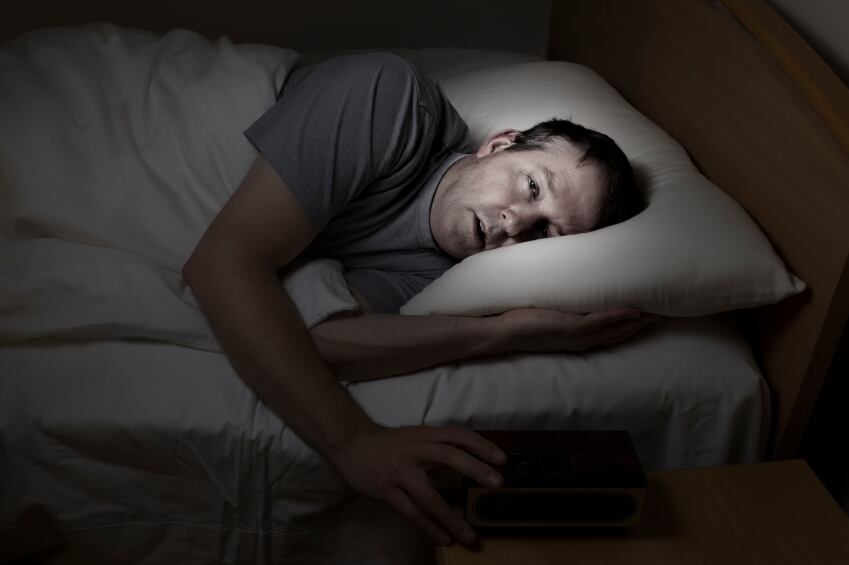The research team were able demonstrate that triethylene glycol (TEG), a component of Ashwagandha leaves, was the most likely sleep-inducing small molecule, in which no side effects were observed.
The Ashwagandha root, when orally supplemented in powder form, was also able to enhance the quality of sleep, a finding validated by animal experiments.
“The findings could potentially be useful for a natural plant-based insomnia therapy,” the study said.
“However, the clinical application of TEG to treat insomnia is still in the immature status, because the TEG is primarily used for industrial purpose and very little is known about its applicability and toxicity to the biological systems.
The health-giving properties have been documented in the past with the herb playing a part in increasing stress tolerance and strengthening the immune system.
Ashwagandha supplementation has also been found to significantly reduce body weight and body mass index in study participants while improving exercise endurance in another piece of research.
Scale of insomnia

This new discovery could well prove useful among the 45-64 age-group that suffer the peak prevalence of insomnia.
According to market research, France bears the most burden with one-in-five and one-in-three males and females respectively reporting the most prevalence of insomnia.
Females had substantially higher burden across the six European countries, amounting to as much as 1.5 to 2 times more than their male counterparts in certain age groups.
The research group led by Drs Mahesh Kaushik and Yoshihiro Urade from the University of Tsukuba, investigated the effect of various components of Ashwaganda on sleep in mice.
These mice were then given alcoholic and water extracts of Ashwagandha leaves in which sleep quality and quantity was then recorded.
The researchers found that that TEG dissolved in water induced sleep in mice in a dose-dependent manner promoting non-rapid eye movement (NREM) sleep. TEG was also found to moderately increase rapid eye movement (REM) sleep.
Further investigations found that sleep promotion was observed with water extracts that contained TEG and a low level of withanolide, a group of at least 300 naturally occurring steroids.
Wonder of withanolides
“We dissected out the role of various know components of Ashwagandha in sleep regulation,” explained the researchers.
“Withaferin-A and withanone (withanolides), are the major biologically active constituents of Ashwagandha leaves and believed to be involved in majority of biological functions of Ashwagandha.”
Withanolides have already shown neuroprotective properties and anti-stress activity.
Despite this promise, the ethanol extract tested, which contained a high ratio of withaferin A and withanone, failed to induce sleep in mice.
“Withanolides might not be involved in sleep promotion,” the study hypothesised.
“However, specified withanolides need to be tested directly, before completely ruling out withanolides and their derivatives for their sleep-inducing property.
According to the authors, their next focus is to look at the effect of TEG administration on stress and its effect on correct the imbalance of various nervous systems.
Future studies also include the identification of target brain area of TEG, its Blood-Brain-Barrier permeability and the mechanism through which TEG induces sleep.
Source: PLOS
Published online ahead of print: doi.org/10.1371/journal.pone.0172508
“Triethylene glycol, an active component of Ashwagandha (Withania somnifera) leaves, is responsible for sleep induction.”
Authors: Mahesh Kaushik, Sunil Kaul, Renu Wadhwa, Masashi Yanagisawa, Yoshihiro Urade
